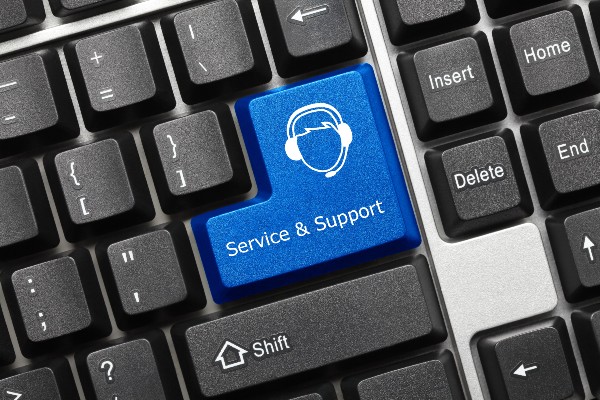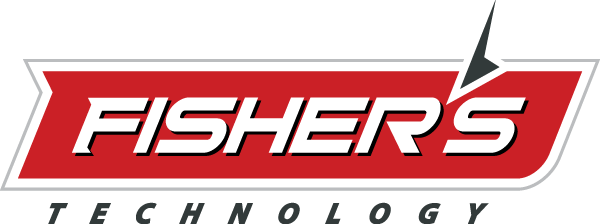
IT Service Management vs. Service Delivery
Modern businesses understand they need to invest in technology if they want to remain competitive. But how exactly should business owners prioritize their limited budgets to ensure that they get timely, cost-effective IT management and support? This article helps answer this question by clarifying the differences between IT service management and service delivery.
IT Service Management
IT service management refers to a broad umbrella of functions and services that help streamline a business’s IT functions at the strategic level downwards.
Some features of service management include:
- Software management
- Support for end-users and all of their IT requirements
- Running, rolling out and supporting various applications
- Managing infrastructure and hardware
- Overseeing the entire IT network and governing IT quality
- Improving IT efficiencies and lowering costs
- Handling a company’s short- and long-term strategic IT goals
While IT service management can be an in-house function, many business owners prefer to outsource the responsibilities to an external IT consulting company.
IT Service Delivery
Service delivery is essentially all about creating a smooth-running IT department. It’s there to monitor the health and security of IT while providing ongoing business support. By keeping systems running, IT service delivery helps you streamline daily IT functions while avoiding costly problems.
IT service delivery generally includes:
- First-line support such as account and device setup
- Provisioning phones, laptops and other hardware for employees
- Managing day-to-day security issues such as new passwords
- Security patches and updates to critical infrastructure, systems and software
- Storage and backup tasks
- Releasing new applications and/or software to staff
IT service delivery provides companies with reliable technology that ensures operational stability while preventing interruptions that can cost money, time and customers. Taken together, all of these seemingly minor tasks form the technological backbone that keeps businesses operating as they should.
Breaking Down the Differences
As you can tell from the previous outlines, IT service management (ITSM) is more strategic and high-level, while service delivery (ITSD) is more operational. To function effectively, however, modern businesses need both.
 ITSM allows businesses to react quickly to innovation and changes in the market while providing better IT availability and performance that lets employees get more done. It also helps reduce the cost and impact of IT issues and provides better overall services at a lower cost. ITSM can also help businesses comply with regulatory requirements that might otherwise go overlooked.
ITSM allows businesses to react quickly to innovation and changes in the market while providing better IT availability and performance that lets employees get more done. It also helps reduce the cost and impact of IT issues and provides better overall services at a lower cost. ITSM can also help businesses comply with regulatory requirements that might otherwise go overlooked.
With ITSM, the usual involved processes are incident management, change management, problem management, configuration management and release management.
On the other hand, ITSD focuses on designing and planning IT infrastructure services. The usual processes involved are availability management, financial management, service level management, capacity management, and IT service continuity management.
ITSD is essentially the manner in which an IT provider gives users access to various critical IT services, which include data storage, applications and other business resources. More broadly, ITSD covers design, deployment, development, operation and software/equipment retirement.
By comparison, ITSM is the most-used term for how an IT service provider operates and continuously improves upon its suite of services. ITSM essentially aims for greater benefits and efficiency of service delivery to a particular business and its on-site or remote users. In common usage, however, this subtle distinction is often blurred.
Whatever the case, you really need both ITSM and ITSD for your business to thrive. Most any effective company needs strategic direction for its IT. Clear guidance helps a business get a secure setup, the most cost-effective infrastructure, and the right software. Each of these aspects should be core fundamental priorities for any type of forward-facing business.
At the same time, businesses will have many daily tasks that must be completed to keep work from being interrupted. This is where service delivery helps by providing businesses with a reliable team to help staffers with technical support. Employees are able to connect with off-site experts who can sort through issues promptly. That ultimately saves a company time and money while reducing the impact of potentially disruptive IT issues.
Would you like to cut your company’s costs and streamline its operational efficiencies? Fisher’s Technology can help. We manage servers, complex cloud environments, mobile devices, computers, network equipment and applications. We can streamline your daily business operations with electronic document automation, state-of-the-art technologies and innovative workflow solutions. Contact us to learn more.
